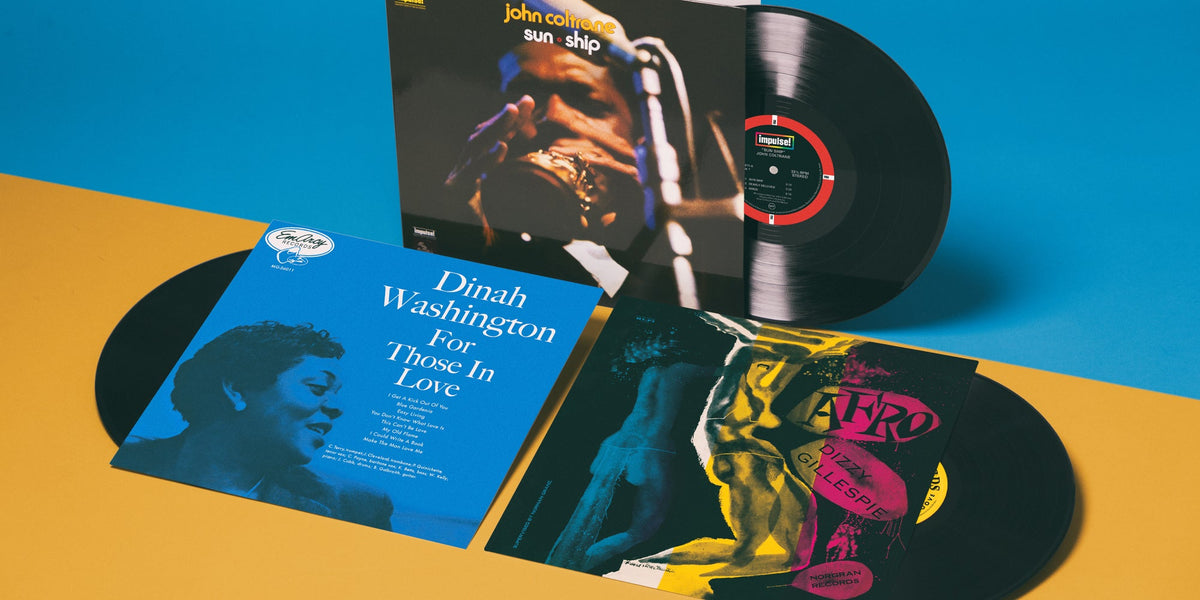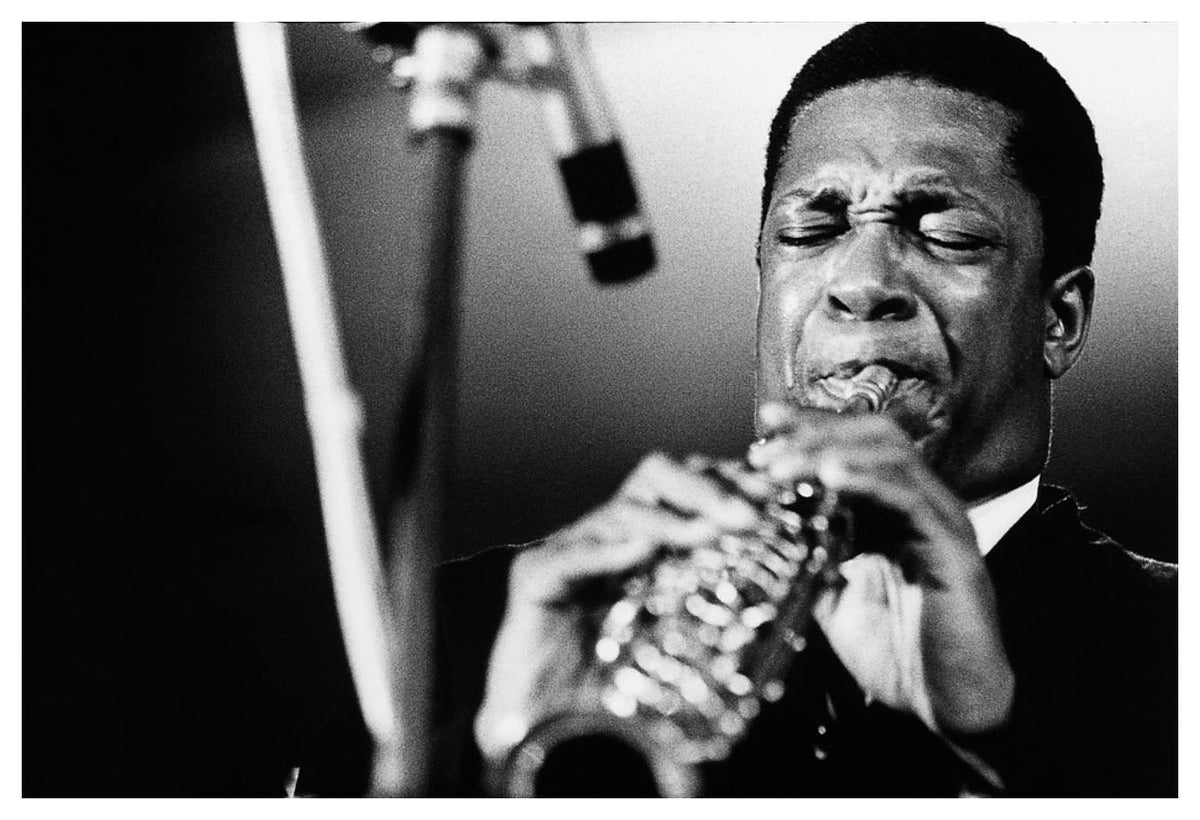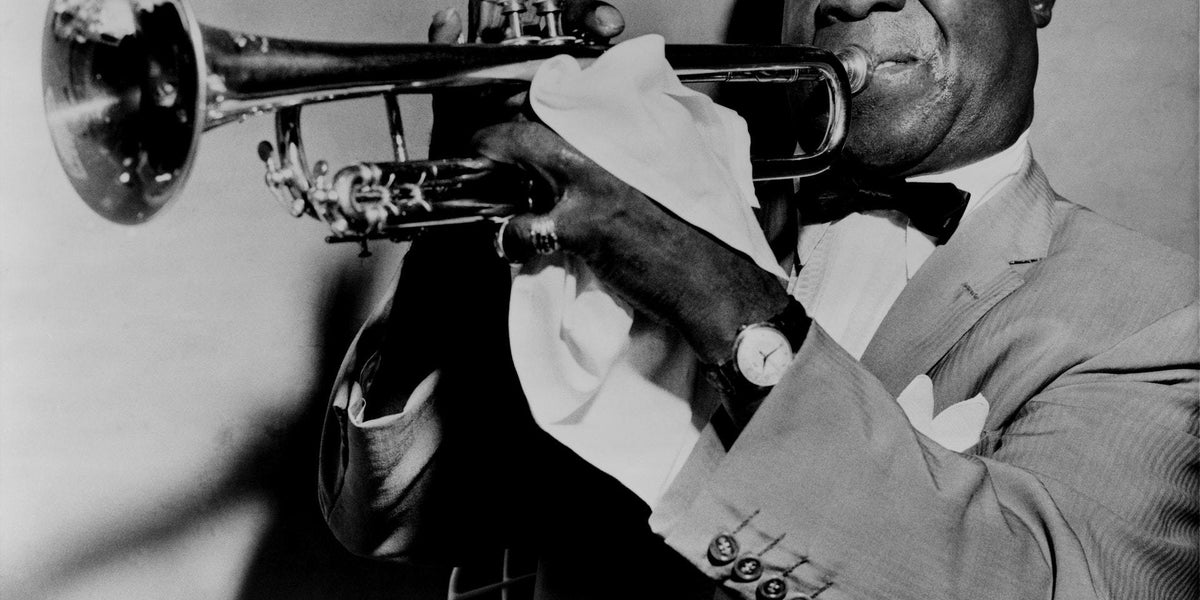John Coltrane’s Miraculous Year
On 1965 and the prolific artist’s journey to ‘Sun Ship’
In 1905, a young physicist named Albert Einstein — he turned 26 in March — published four papers in scientific journals that forever altered how humans understood the universe. Included among these publications were descriptions of his theory on special relativity (detailing the relationship between space and time) and mass-energy equivalence (which introduced the world to the equation E = mc²). Ever since, it’s been a source of wonder that Einstein formulated and articulated these radically new ideas in a 12-month span, and his compact run of boundless imagination has been given a name: “annus mirabilis,” Latin for “miraculous year,” but in the case of Einstein’s 1905, it’s usually translated to “miracle year.”
The term has since been used to characterize a period of groundbreaking creativity so intense it’s almost inconceivable. John Coltrane’s career in music is filled with staggering peaks, but if one year is considered the most miraculous of all, it has to be 1965. It was not only one of Coltrane’s most prolific periods, but was also among the most boundary-smashing years of any jazz figure in the music’s history. Sun Ship, recorded in August ’65 and first issued in ’71, is a revealing snapshot taken during this brilliant stretch, reflecting Coltrane’s musical past and looking ahead to its future.
The midpoint of the ’60s was a tumultuous period for America. In 1964, Lyndon Johnson signed the landmark Civil Rights Act, which officially outlawed racial discrimination 100 years after the Civil War, but the on-the-ground struggle for equality was unfolding with an ever-mounting tension. In February of 1965, Malcolm X was assassinated, and the following month Martin Luther King Jr. led protest marches in Alabama from Selma to Montgomery that contributed to the later passage of the Voting Rights Act. And then in August, riots in Watts, California, erupted after the violent arrest of a man named Marquette Fry, shining a light on the conflict between police and citizens in Black neighborhoods.
Coltrane followed these events closely, but he was extraordinarily busy with his own work, and his public pronouncements were few. In December of ’64, he and his classic quartet — McCoy Tyner on piano, Jimmy Garrison on bass and Elvin Jones on drums — recorded the music that would be released that January of 1965 as A Love Supreme. Creating that masterpiece alone would be more than enough to make the year a landmark for any musician, and Coltrane was just getting started.
Between February and early June of 1965, Coltrane and the quartet cut tunes that would later wind up on albums including Plays, Transition, Kulu Sé Mama and Infinity. There was a tremendous amount of tension in the studio work of this period, as Coltrane tried to expand the boundaries of what the band could do without disrupting its chemistry. He was enamored with “the new thing,” free jazz sans fixed chord progressions introduced by Ornette Coleman in the previous decade. And he was especially riveted by the work of a new musician on the scene, tenor saxophonist Albert Ayler. In late June, Coltrane convened an expanded “double quartet” to record Ascension, a dense and challenging extended composition that investigates spaces between “music” and “noise,” inspired by Ayler’s own music.
Though most of the music Coltrane cut in ’65 wouldn’t be released until later — much of it didn’t come out until after his death in ’71 — the progression from one session to the next is astonishing. But as Ascension made clear, the classic quartet’s days were numbered. Tyner appeared on the album but had trouble finding his place in it. His instrument simply wasn’t built to compete with the roar of sound made by the horns and the increasingly prominent percussion. The band, among the very best ensembles jazz has produced, was breaking apart, and ’65 was the locus of their brilliant last act. The ensemble had become so ferociously good, the ever-searching Coltrane had no choice but to move beyond it.
On August 26, we find Coltrane and the quartet recording at RCA Victor Studios on 24th Street in Manhattan. Bob Thiele, the man in charge of Impulse! Records, oversaw the session, which was recorded by engineer Bob Simpson; it was the rare Coltrane studio outing not captured by Rudy Van Gelder at his studio in Englewood Cliffs, New Jersey. Earlier in the month, John and his wife Alice welcomed a son, Ravi, into their family. The saxophonist was 38 years old.
In the tunes tracked for Sun Ship, we hear Coltrane revisiting ground he had covered in the past with heightened sensitivity and a deepened interest in timbre. The opening title track begins with a clipped melodic phrase whose easy tunefulness immediately conjures Ayler. And then Tyner enters, spinning off a fleet solo with rapid left-hand comping. Considering where Coltrane was about to go with his music, “Sun Ship” sounds remarkably open to space. He was rapidly turning toward density — his ideas were overflowing, and tracks had to get longer and more had to happen within them. He had so many things he wanted to try — experiments with texture, form, probing the edges of musicality. But in this track’s early going, silence is deployed as an instrument. By its end, Coltrane’s blowing acquires a jagged edge, as he shifts his phrases to comment on the glorious tumble of Jones.
The following track, “Dearly Beloved,” opens with a brief moment of Coltrane’s spoken voice, saying something like “keep a thing happening” and “you can go to it when you feel it.” He famously chose his sidemen and his sessions so that everyone knew what to do with minimal instruction from him: He provided a sketch of a framework, and he allowed his players to fill in the colors and shapes according to their own language. The intuition this quartet had developed over the previous few years led the music to feel as natural as breathing, even as they pried apart the building blocks of jazz and reassembled them into a new form.
“Dearly Beloved” begins as a ballad, with washes of cymbals and slow-rolling motion that bring to mind compositions like “After the Rain” and “Welcome.” But it doesn’t stay in this dreamy space for long. After impressionistic chords from Tyner, we hear clouds crashing metal and rolling toms from Jones, evoking weather systems. Eventually, Coltrane gives his guiding solo an extra turn of dissonance, and it becomes a series of clipped phrases and then an impassioned plea of almost unbearable intensity, with extended cries and shrieks.
In moments like this dissonant solo, Coltrane locates the core of his later style, where the rush of feeling dissolves the boundaries between different emotions. People sometimes said his music sounded angry as it became harsher, and Coltrane always rejected that characterization. To him, his work was spiritual, the sound of a man trying to connect with higher forces. Naming this state with something as reductive as “anger” missed the point of what he was trying to do — the ecstasy of his communion was such that feelings came without such differentiation.
“Amen,” another track indebted to Ayler, starts with a fanfare-like melody that bears some relationship to the triumphant refrain of “Selflessness,” recorded later in the year. Refrains like these bring to mind the trumpet blasts at the end of the Battle of Jericho — it’s as if they are trying to usher in a new world, one where, to quote Ayler, “the truth is marching in.” Coltrane speeds up and Tyner and Jones follow behind him, then he falls away and lets Tyner pick up the thread. The pianist’s solo is spiky and tumultuous, switching from impassioned runs to trilling moments that express confusion and uncertainty. He patiently builds the tension that Coltrane’s soloing will release. And when he enters, he does just that, balling a flurry of notes into a fist and then shaking his clenched appendage to the heavens. He bends, smears and mangles his phrases but always finds his way back to the tune, somehow.
“Attaining” allows the quartet to showcase space and restraint. Coltrane sketches out a mournful melody while Jones evokes distant thunder and Tyner stirs up clouds of overtones. It feels connected to A Love Supreme in its somber tone and also brings to mind “Alabama” from 1963. But after the heavy opening fanfare, the piece switches gears when Tyner offers his opening solo. Jones turns to swing mode, tapping out the pulse on a cymbal and adding accents, while Tyner goes to work, transforming “Attaining” from a lament to a kind of celebration.
Throughout the set, Jimmy Garrison serves as a bridge between Jones and Tyner, expanding on Tyner’s banging left hands with plucked counterpoint while also keeping an ear out for Jones’ responses. The closing track, “Ascent,” opens with a crisp and distinct bass part from Garrison, filled with chords and individual notes. For Coltrane, the rhythmic foundation of music was an enduring object of fascination, and Garrison’s bass would become increasingly important in Coltrane’s work as long solos by him became commonplace. If Jones’ drums were the engine that powered the music, Garrison’s instrument was the fuel, suggesting harmonic and rhythmic ideas that his three bandmades picked up on.
On “Ascent,” Garrison’s solo stretches to five minutes as Garrison works higher on the neck, and then Jones joins him, tapping out cymbals, then Coltrane enters, his tone hoarse and serrated. Hearing just his fat tone has a centering effect, bringing the listener back to earth before Coltrane’s last flight partway through. The track ends with just Garrison once again, returning us to silence after repeating his ascending progression.
Sun Ship is a portrait of Coltrane’s most important band during his most important year, and while it’s sometimes overlooked in Coltrane’s discography — probably because it was released posthumously — it’s a crucial document for understanding what this band had accomplished, and it also offers a glimpse of why Coltrane moved beyond it. He needed to be in places where he was less sure of himself.
A couple of weeks after the Sun Ship sessions, Coltrane would return to the studio with the quartet to cut a suite of songs later issued as First Meditations (for quartet), and in October he’d cut the shrieking 28-minute experiment released as Om. By then, he augmented his regular group with saxophonist Pharoah Sanders and, shortly after, second drummer Rashied Ali. This is the group that recorded Meditations in November, which revisited the tunes from First Meditations with the expanded line-up, ratcheting up the energy. By then, the writing was on the wall for both Tyner, who said he could no longer hear himself play, and Jones, who didn’t want to be half of a drumming team. Tyner would be gone by the end of the year, and Jones would follow him to the exit early in ’66. The miracle year could lead only to great changes.
Mark Richardson is the rock and pop critic for the Wall Street Journal. He was the Editor-in-Chief and Executive Editor of Pitchfork from 2011 to 2018, and has written for publications including the New York Times, NPR, Billboard and The Ringer.
Related Articles
Join the Club!
Join Now, Starting at $36Pages







